
種はいろいろな方法で運ばれます。
植物は、仲間を増やすために、いろいろな方法で種を運びます。
カタバミの実は、自分で弾けて、中の種を飛ばすことができます。飛ぶ長さは、1、2メートルも飛びます。
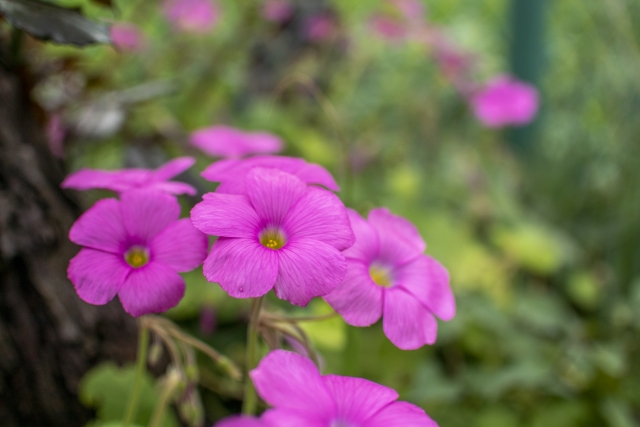
カタバミのたねがはじけるにすすむ(このブログのそとにある・NHK for School)
ホウセンカも同じような性質があり、自分で種を飛ばします。
ホウセンカは、花が咲き終わると、徐々にぷっくりとした実をつけ始めます。
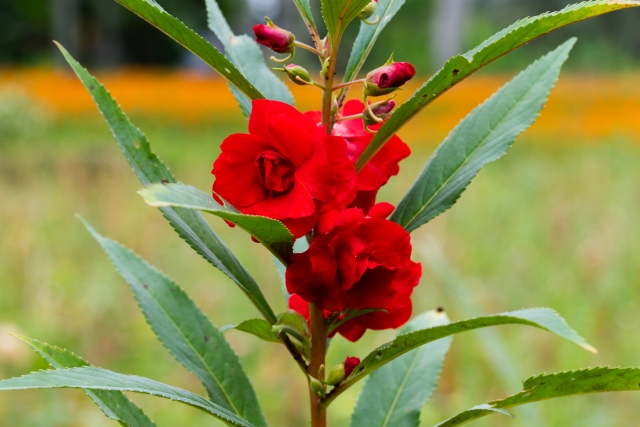
そのままにしておくと、勝手に弾けて、中の種を飛ばします。
ですから、ホウセンカの種を取りたい場合は、弾ける前に、実に袋をかぶせておく必要があります。
ココナッツと呼ばれることもあるヤシの実は、とても大きいです。1年間に40から80個の実がとれますが、10から35センチメートルもあり、重さが4キログラムあるものもあります。
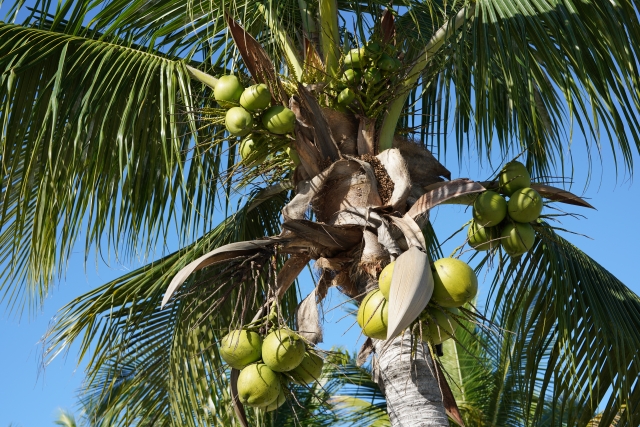
ヤシの実は、海の流れを利用して種を遠くへ運ばせることができます。
ヤシの実の中にはたくさんの空気を含んでいますので、ぷかぷかと浮いて遠くへ運ばせることができます。
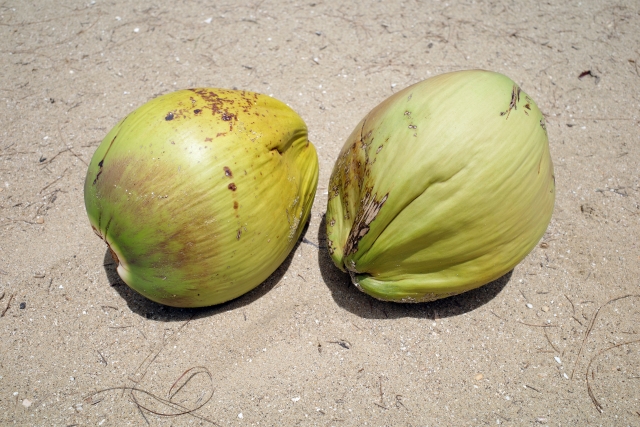
遠い国のヤシの実が日本に流れつくこともあります。
種を運ぶ ① Carrying Seedsにすすむ(このブログにあるページ)
Carrying Seeds
Plants carry seeds in various ways to increase their mate.
The katavami berries can pop by themselves and fly their seeds. They can fly as long as 1 or 2 meters.
The balsam has a similar characteristic, sending its seeds flying by itself.
After blooming, the borax gradually begins to produce plump fruits.
If left untouched, the seeds will pop by themselves and fly out.
Therefore, if you want to remove the seeds from the borax, you must put a bag over the fruit before it bursts.
The coconut is very large, yielding 40 to 80 nuts a year, some 10 to 35 centimeters long and weighing up to 4 kilograms.
Palm nuts can carry their seeds far by using the currents of the ocean.
The palm nuts contain a lot of air, which allows them to float and be transported far away.
Palm seeds from faraway countries sometimes end up in Japan.
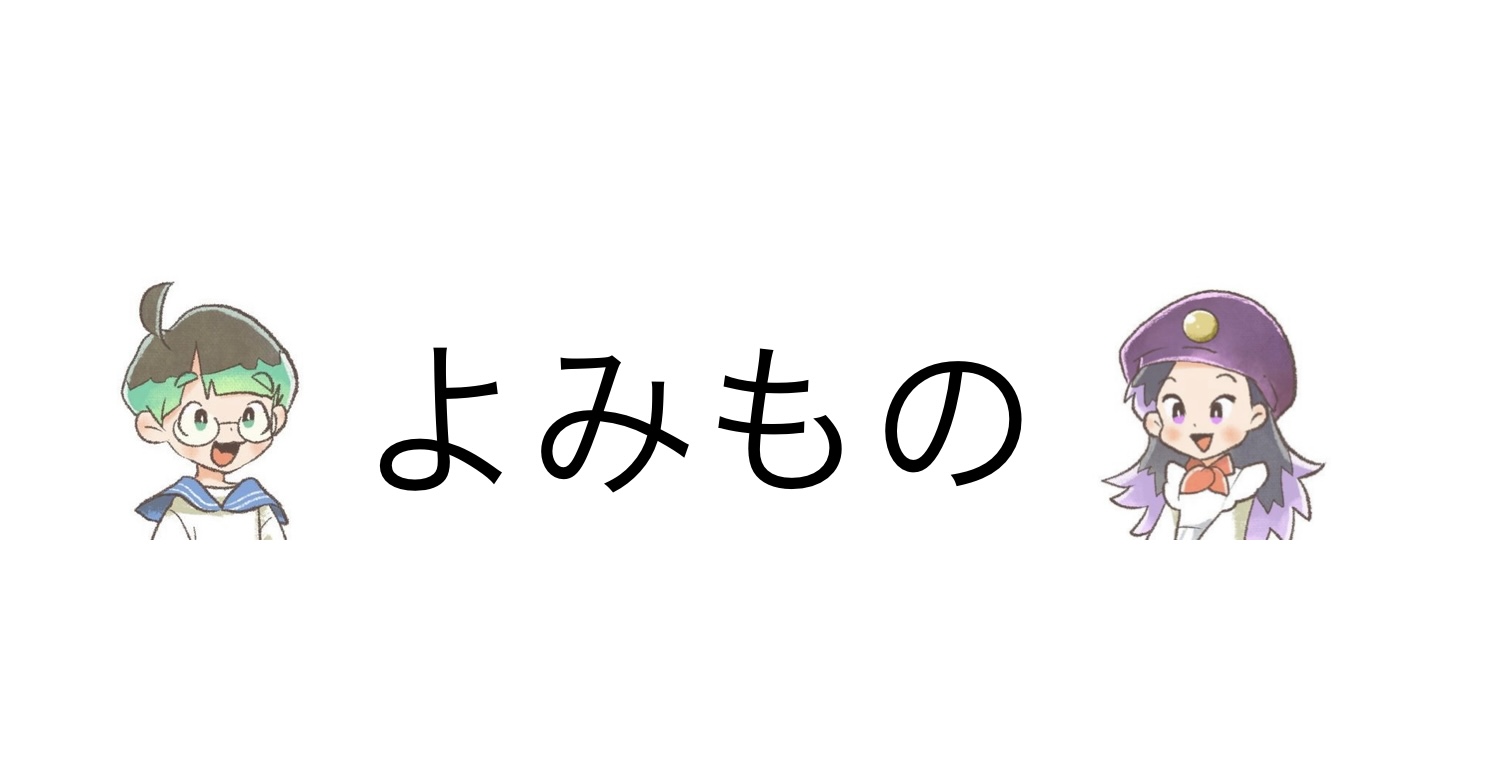
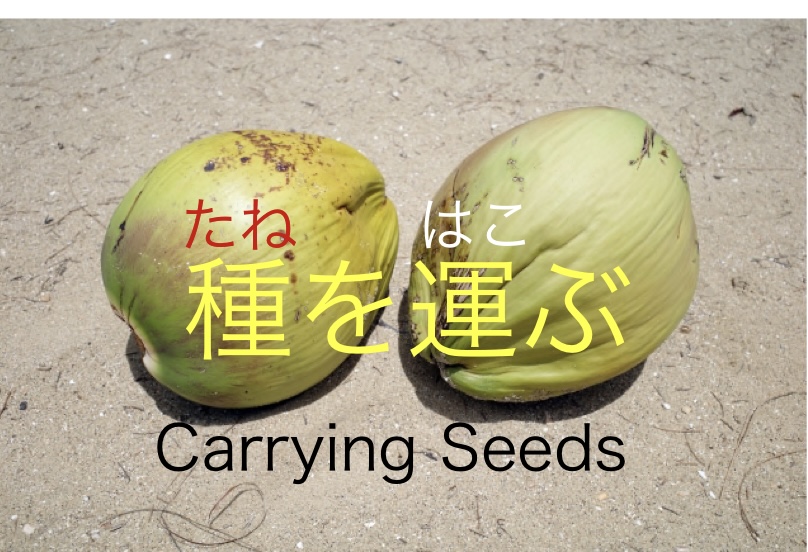


コメント